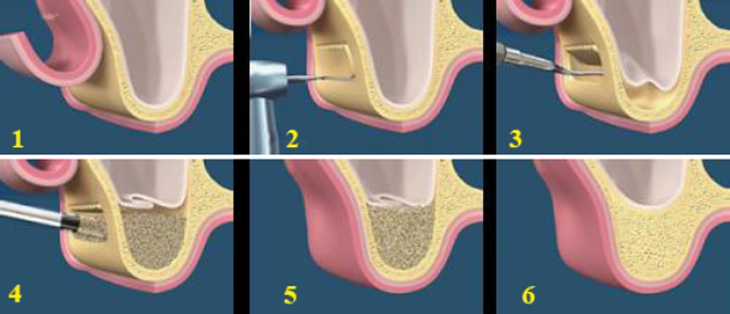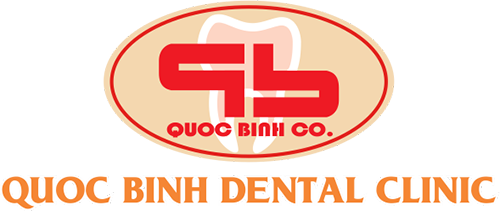“Doctor, my father is 54 years old, missing teeth number 5 and 6 in the left upper jaw. My father went to the doctor and he was consulted has dental implants. However, he needs to have a bone graft and a sinus lift, because the jaw bone does not meet the standard. I am very confused because I don’t understand what is sinus lift? Is there anything dangerous? Please help me understand, thank you ” (Thanh Truc Nguyen, Facebook)
Quoc Binh Dental Clinic is very happy to be trusted by Thanh Truc Nguyen and ask for information about your father. We would like to share with you some information about this topic.
In dental implants surgery, in addition to bone grafts when missing bone due to tooth loss or dental disease. We also have situations where the patient has a deficiency of bone thickness just below the maxillary sinus in the upper teeth, which makes implantation difficult.
The cause of this deficiency can be refer to the article “Tooth loss and the unpredictable consequences” or “Why bone graft when have dental implant”. Here we would like to share specific about the method you are wondering how to lift the sinus.
Upper sinus is the largest sinus and is located in the middle of the head and nose. In particular, the sinus cavity will extend from tooth number 4 to teeth number 8. This sinus will larger as we grow older. When the teeth on us are still full, the thickness of the sinus wall remains the same. However, if lose teeth, the loss bone present will appear, then the upper sinus cavity widened and the sinus floor will thin. And so, the bone thickness will not be enough to ensure the implant firmly and successfully.
Raising the sinus cavity is the technique of inserting the bone into underlying the sinus membrane (bottom of the maxillary sinus), to raise the sinuses or rather increase the thickness of the jaw over several millimeters.
Currently, there are two most popular techniques of sinus lift: sinus lift (osteotome) and open sinus surgery. In which the technique of open sinus surgery is often chosen by the doctor to do more than the sinus lift (osteotome) technique.
We can learn about the technique of open sinus lift.
Your doctor will perform a jaw bone wall drilling in the form of a window opening and create a space to pump the bone material into it. Thus, a bone graft can improve the quality and size of the jaw bone. Facilitate implant placement in the posterior area better.

Often, a sinus lift with bone grafts will be performed if you fall into the described condition. And dental implants can be performed at the same time as transplanted bone grafts. Or maybe wait 3-6 months later.
What is the difference between a closed sinus lift (osteotome)?
This technique requires the surgeon to perform an inward lift from the inside with specialized equipment.

Instead of piercing the side window into the jaw bone as a method of opening the sinus cavity, the doctor will drill a small hole in the jaw bone, from below the sinus membrane (not to the sinus membrane). Use special tools to gradually increase the sinus membrane lift. Finally, put the bone powder in the newly created space.
To conclude, whatever method is used, the ultimate goal is to increase the size of the jaw bone for the implantation. And depending on the situation, the specific case, the doctor will specify the most appropriate technique. At the same time, bone grafts are used, will also be considered by doctors and select the appropriate status of each patient.
The article above may have provided Ms Thanh Truc Nguyen, as well as other friends better understand the indications of the doctor in case of need to lift the sinus, bone graft, implant transplant. However, if you still need more detailed advice in each case, please go directly to our dental clinic, for more specialized implant check-up and consultants.
Quoc Binh Dental Clinic

